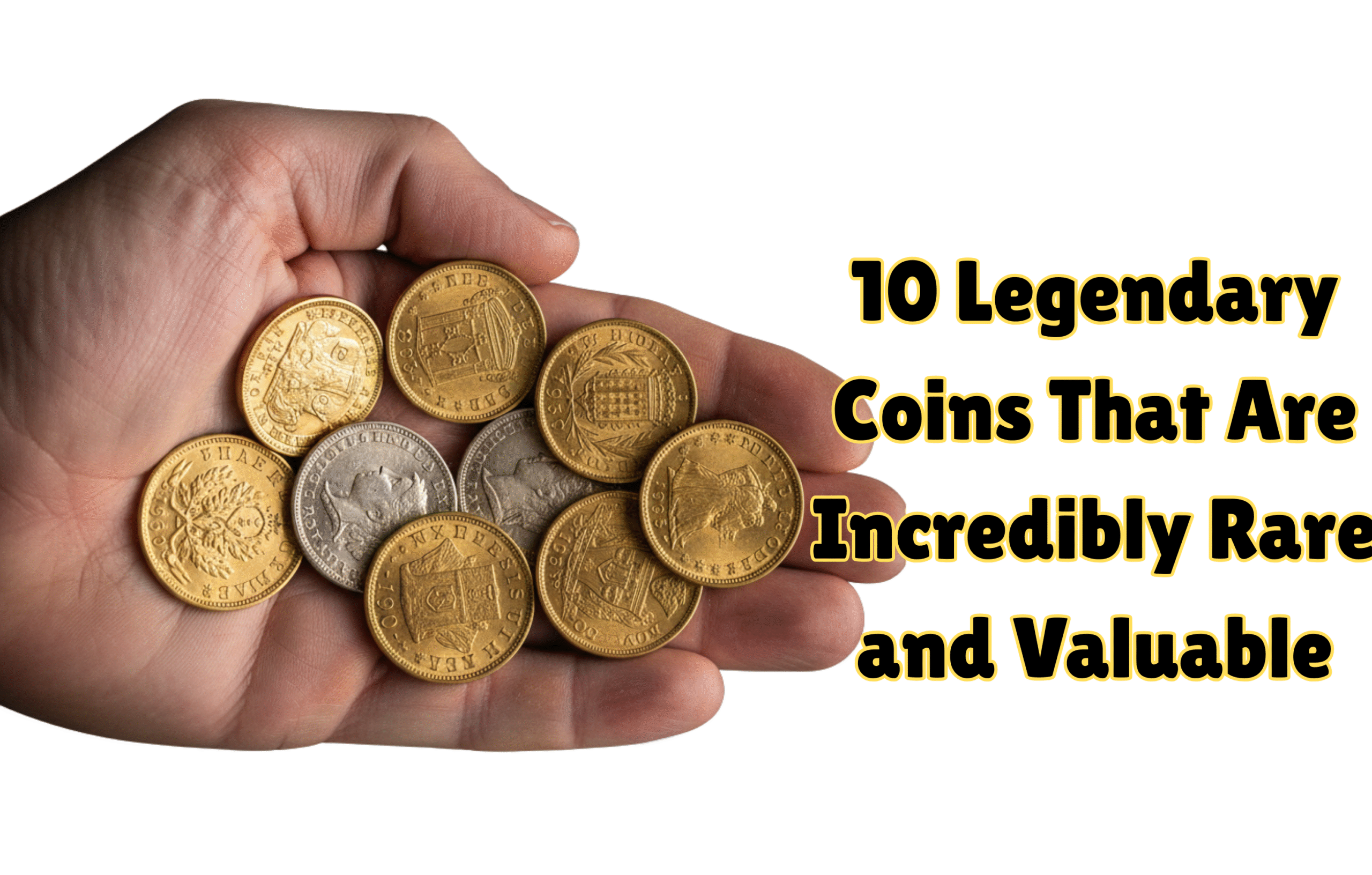1. 1933 Saint‑Gaudens Double Eagle (U.S. $20 gold coin)
Why it’s special:
Minted in 1933 by the U.S. Mint, but none were officially circulated — most were melted when the U.S. left the gold standard. Only a handful are legally privately owned.
Record sale:
One example sold for US$18.9 million in 2021 — the highest publicly recorded price for a coin.
Why it made the list:
It combines extreme rarity, historical significance, U.S. gold‑coin appeal, and pedigree of auction sale.
Note for investors/collectors:
A flagship trophy coin. Very few will ever come to market. Condition and legality are critical.
2. 1794 Flowing Hair Silver Dollar (U.S.)
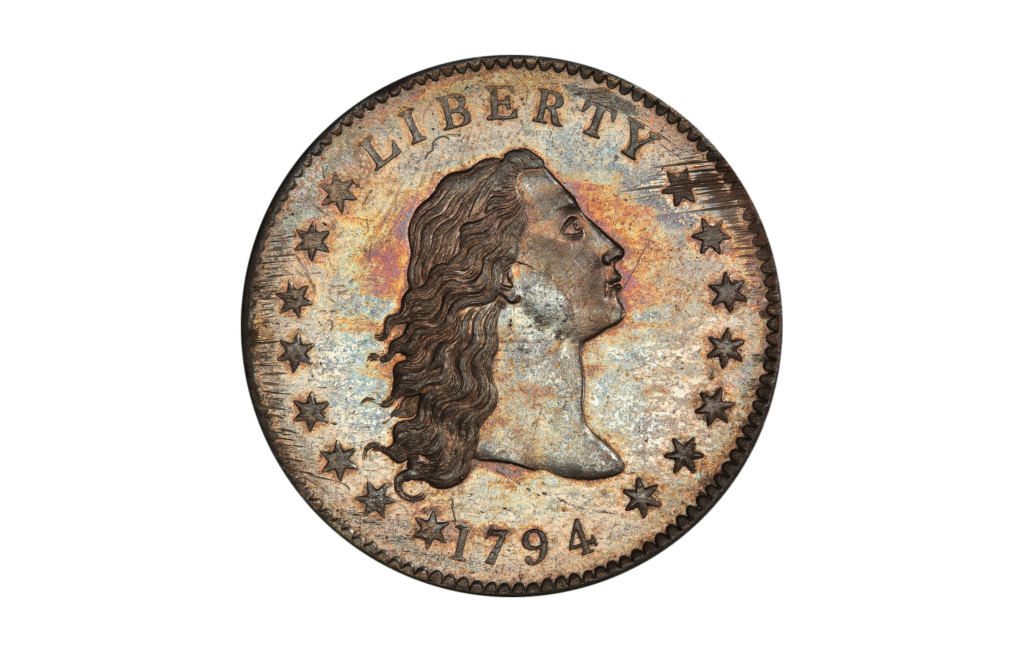
Why it’s special:
Generally regarded as the first silver dollar struck by the U.S. Mint (1794).
Record sale:
Some examples have sold for over US$10 million.
Why it made the list:
A foundational U.S. coin — both historically important and extremely desirable.
Note:
It still surfaces occasionally, though top‑grade examples are rare and expensive.
3. 1787 Brasher Doubloon (U.S.)
Why it’s special:
A privately minted gold coin by goldsmith Ephraim Brasher in 1787, often cited as “the first gold coin of the United States”.
Record sale:
Around US$9.36 million in a public auction in the early 2020s.
Why it made the list:
Rare, iconic, with strong early‑American gold‑coin pedigree.
Note:
Very few exist; condition and provenance matter a lot.
4. 1343 Edward III Florin (England)
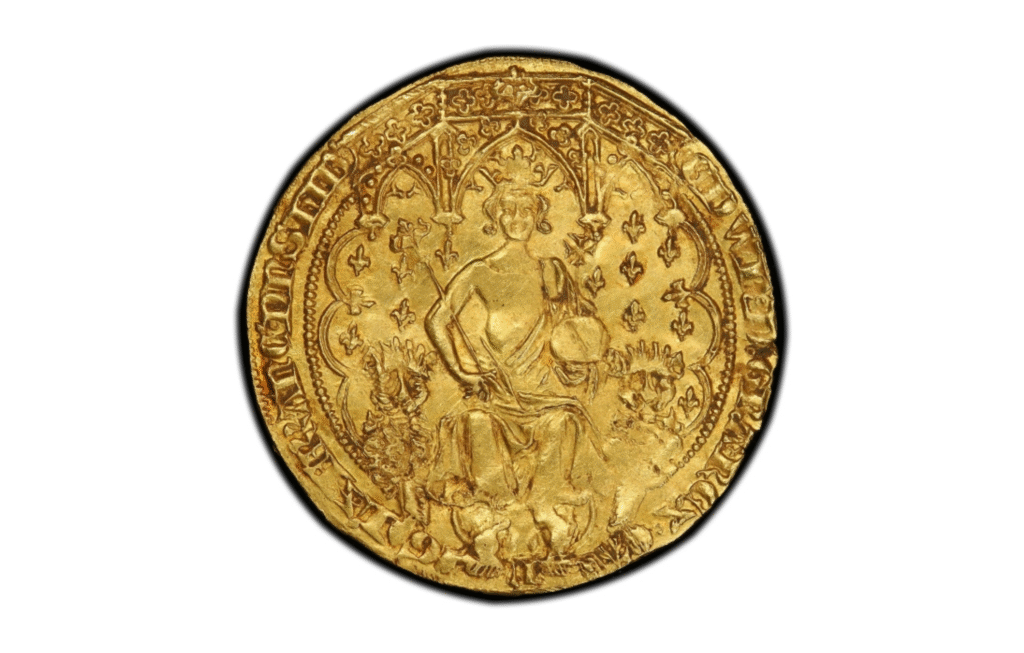
Why it’s special:
A 14th‑century gold florin from the reign of King Edward III of England. Very low survival numbers from medieval times.
Value estimates:
Previous auction results have reached around US$6–7 million.
Why it made the list:
A rare European medieval gold coin with major historical significance.
Note:
Such very old coins often have condition and authenticity challenges.
5. 1913 Liberty Head Nickel (U.S.)
Why it’s special:
Only five known examples of this nickel type were struck. It’s one of the legendary U.S. rarities.
Value estimates:
Several have sold for many millions of dollars in top condition.
Why it made the list:
Ultra‑rarity in a very popular U.S. coin series (nickels) makes it highly collectible.
Note:
Even within the five known, condition, provenance, and grading matter dramatically.
6. 1894‑S Barber Dime (U.S.)
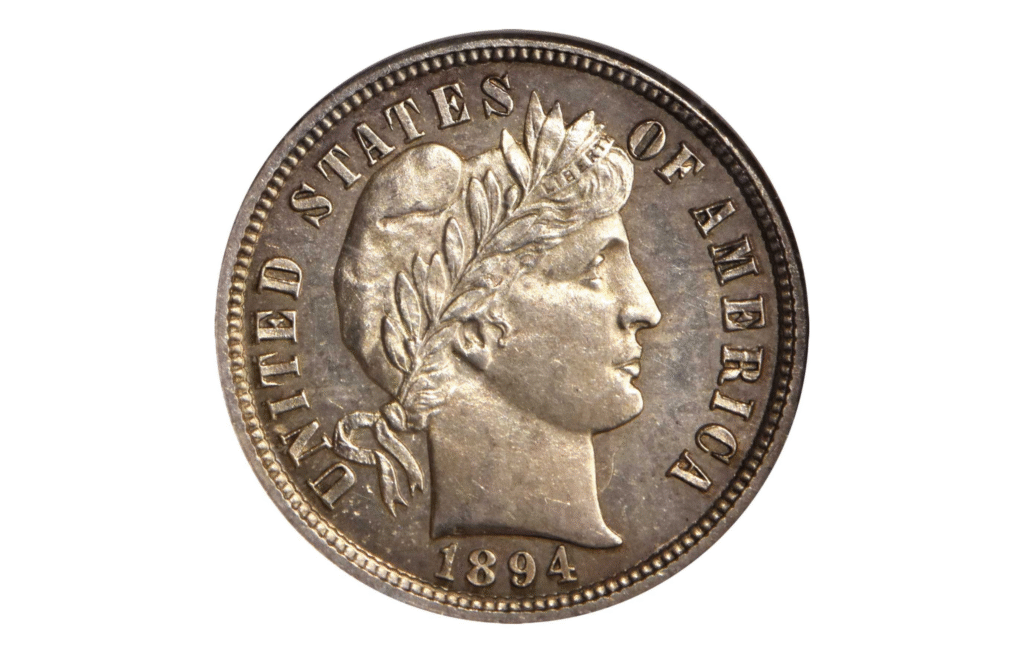
Why it’s special:
Minted in San Francisco in 1894, only 24 pieces were made, and even fewer survive today.
Value estimates:
Multiple auctions have fetched over US$1 million for high-condition specimens.
Why it made the list:
Key date “dime” issue in U.S. coinage, with extreme scarcity.
Note:
This is slightly more accessible (relatively) than some multimillion‑dollar coins, but still very high end.
7. 1893‑S Morgan Silver Dollar (U.S.)
Why it’s special:
Among the most coveted of the Morgan silver dollars due to low mintage at San Francisco and high demand among silver‑coin collectors.
Value:
High‑grade examples cross into seven figures.
Why it made the list:
A “silver coin” rarity, in a widely collected series, making it especially desirable.
Note:
As a silver coin, bullion content provides a floor, but numismatic premium drives value.
8. Big Maple Leaf (Canada)
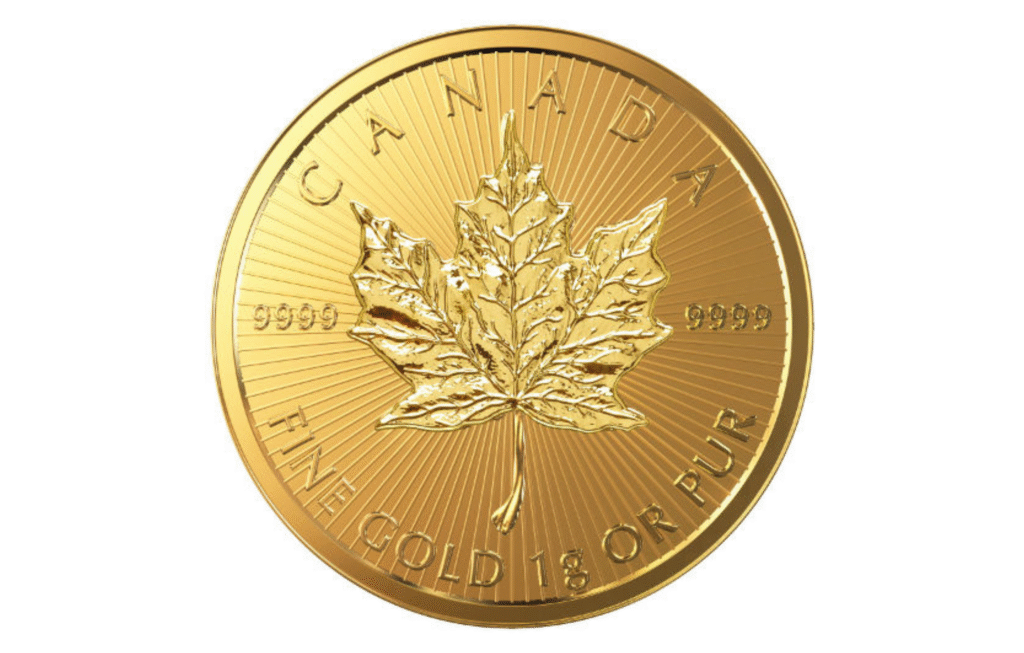
Why it’s special:
A 100 kg gold coin (999.99 purity) issued by the Royal Canadian Mint in 2007; extremely large size and rarity.
Value estimates:
Market value reached about US$12 million for one specimen.
Why it made the list:
Although modern, the coin’s size, gold content, low mintage, and record value make it noteworthy among valuable coins.
Note:
This is more of a “modern collectible” than historical numismatic issue — but still relevant for high-end investors.
9. Umayyad Gold Dinar (Medieval Islamic)
Why it’s special:
Very early Islamic gold coinage; historically important and extremely scarce in top condition.
Value estimates:
Some sales have landed in the multi‑million dollar range (e.g., US$5–6 million).
Why it made the list:
Adds geographic and cultural diversification (outside U.S./Europe) to “most valuable coins” lists.
Note:
For world‑coin collectors, top-quality examples of early gold dinars represent elite opportunities.
10. Canadian Gold Maple Leaf (1 oz, 9999 purity) – Collectible Edition
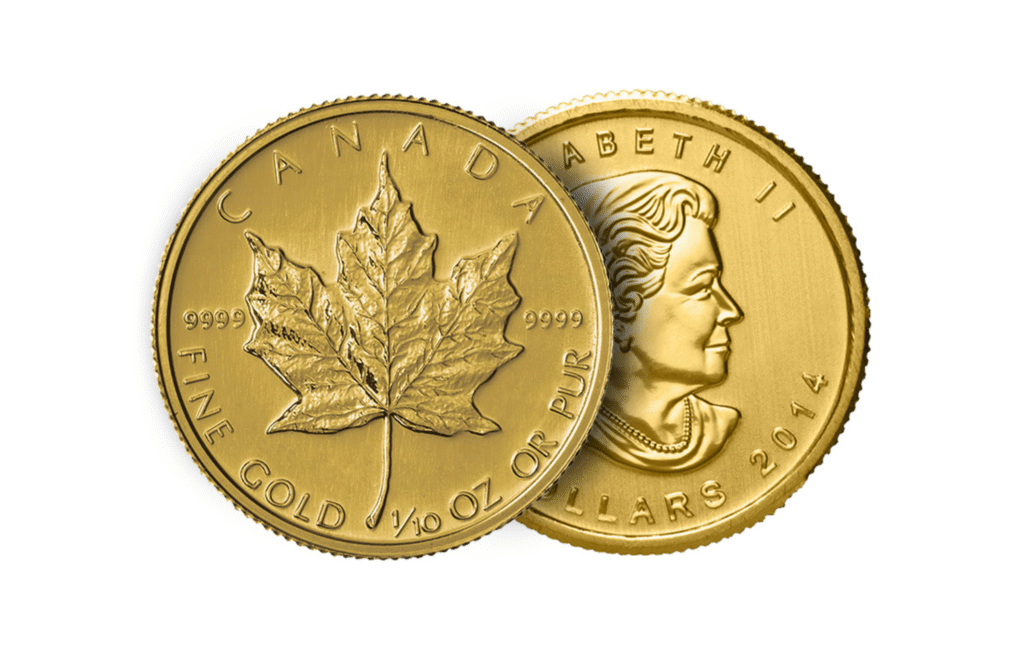
Why it’s interesting:
Although many gold Maple Leafs are common, some ultra‑low‑mintage or special‑edition versions (e.g., one‑kilogram, ultra‑proof, special serial numbers) have commanded values above US$5 million in collector markets.
Why it made the list:
While not an ancient rarity, this shows even modern bullion‑coins (when extremely limited or uniquely designed) can reach top-tier values.
Note:
Many versions of this coin are worth only bullion value — it’s the rare editions that achieve multi-million-dollar status.
Key Themes & What Makes a Coin “Most Valuable”
From the examples above, several key factors emerge:
- Extreme scarcity: Very low mintage, very few survivors, or unique status (e.g., only one privately owned).
- Outstanding condition: Top grades (uncirculated, proof‑like, very high numerical grade) often fetch the highest value.
- Historical significance: Early gold coins, first issues, coins tied to major events or eras (e.g., early U.S. coinage, medieval gold) carry large premiums.
- Provenance & pedigree: Coins with known ownership history, famous collections, or auction records build trust and demand.
- Collector demand & market visibility: A coin might be rare, but if there’s no demand, its value stays low. The “most valuable” ones are fiercely contested in auctions.
- Metal value + numismatic premium: Many top-tier coins are gold. The bullion value provides a price floor, but rarity and history drive the real premium.
- Uniqueness or “super-rarity”: Coins that are unique — or nearly so — especially in top condition, command the highest values.
- Diversification: This list spans U.S., Europe, Canada, and the Islamic world — showcasing that rarity knows no borders.
Market Trends & Considerations (2025 Update)
- Record sales like the 1933 Double Eagle (~US$18.9 million) continue to raise benchmarks.
- Global interest is rising, especially in world coins (non-U.S.), leading to price growth in overlooked markets.
- Modern collectible bullion is gaining traction — especially proof, signed, or artistically significant issues.
- Condition is king — even a rare date won’t fetch top dollar unless it’s in stellar condition.
- Liquidity & exit planning are crucial. Major auctions provide the best visibility, but entry and resale should be part of any collector’s long-term plan.
- Authentication matters. High-value coins are targets for counterfeits, making third-party certification essential.
Final Thoughts
The ten coins listed above represent the pinnacle of collectible numismatics — where extreme rarity, historical value, and collector passion intersect. While most people won’t own a US$10 million coin, studying these top-tier examples helps all collectors understand:
- What defines true rarity — not just mintage, but condition and demand.
- How history and provenance drive prestige and price.
- That face value or metal weight is only a small part of a coin’s full worth.
- The value of global perspective — treasures can come from anywhere, not just U.S. mints.
FAQs
1. What’s the most valuable coin ever sold?
The 1933 Saint-Gaudens Double Eagle sold for US$18.9 million in 2021, making it the most expensive coin ever sold at public auction.
2. Why is the 1933 Double Eagle so valuable?
Most were melted after the U.S. left the gold standard. Only a few survive legally, making it both extremely rare and historically significant.
3. What is the significance of the 1794 Flowing Hair Dollar?
It’s widely believed to be the first silver dollar struck by the U.S. Mint, with historical and symbolic importance for American coinage.
